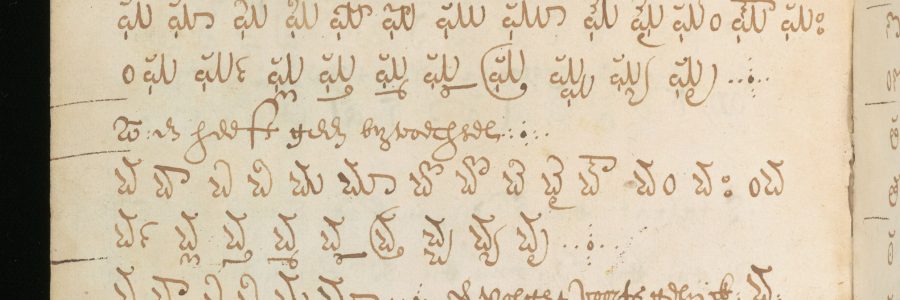
Erpenius’s Indian Manuscripts: Old Telugu Texts at Cambridge University Library
Among the rich collection of oriental manuscripts belonging to Thomas Erpenius (d. 1624), there are still some items whose identity has remained obscure for centuries. After his death, the first known handlist of his library was compiled in 1625.[1] His library was classified by language according to Arabic, Persian, Turkish, Hebrew, Syriac and Indian items. The “Indian manuscripts” section includes eleven titles from locations as far apart as Eastern Africa, the Malay-Indonesian world and China, perhaps referring to the works produced along the Indian Ocean Route. Due to the cataloguers’ unfamiliarity with the language of some of the manuscripts, they limited themselves to short linguistic and physical descriptions. Two of them, which are the subject of this study, are defined as follows:
- Liber Indicus lingua & literis Malaccicis, elegantissime Coccisij folijs insculptis (A book in Indian language and Malaccic letters, elegantly engraved on [palm] leaves)
- Alphabetum Malaccanum 4o (Malaccan Alphabets, in quarto).
Such details are informative but raise several questions. What do the cataloguers mean by “Malaccanum” or “Malaccicis”? Are they referring to the Malay language widely used in the Malay Archipelago? Or do they refer to common languages of the Indian Ocean Route? The answer to these questions can be found in the second manuscript, “Malaccan Alphabets”.
The only “Indian” source from Erpenius’ library about “alphabets”, which must be the work listed in the handlist, is the fifth part of CUL MS Gg.6.40. As I already demonstrated here, Gg.6.40 includes different individual treatises which were later bound together in England after 1632.
The fifth part (henceforth Gg.6.40v) contains a Telugu alphabet with its transliteration produced by Pieter Willemsz van Elbinck (d. 1615) (also known as Peter Floris), a merchant, trader, and “one of the earliest students of the Malay language”[2] working for the Dutch East India Company (VOC) and subsequently the English East India Company. He lived in different parts of South-East Asia (including Masilipatam/Coromandel Coast, Arakan, Siam (Ayutthaya), Pattani, Aceh and Banten), where he acquired or copied local manuscripts.[3]
Peter Floris begins his Telugu text in Gg.6.40v, with ఒనమఃశయమః and practises its alphabets with and without consonant conjuncts. He became proficient in Telugu after living in the Coromandel Coast and Masulipatam (or Machilipatnam) and interacting with their [diaspora] communities in Southeast Asia.
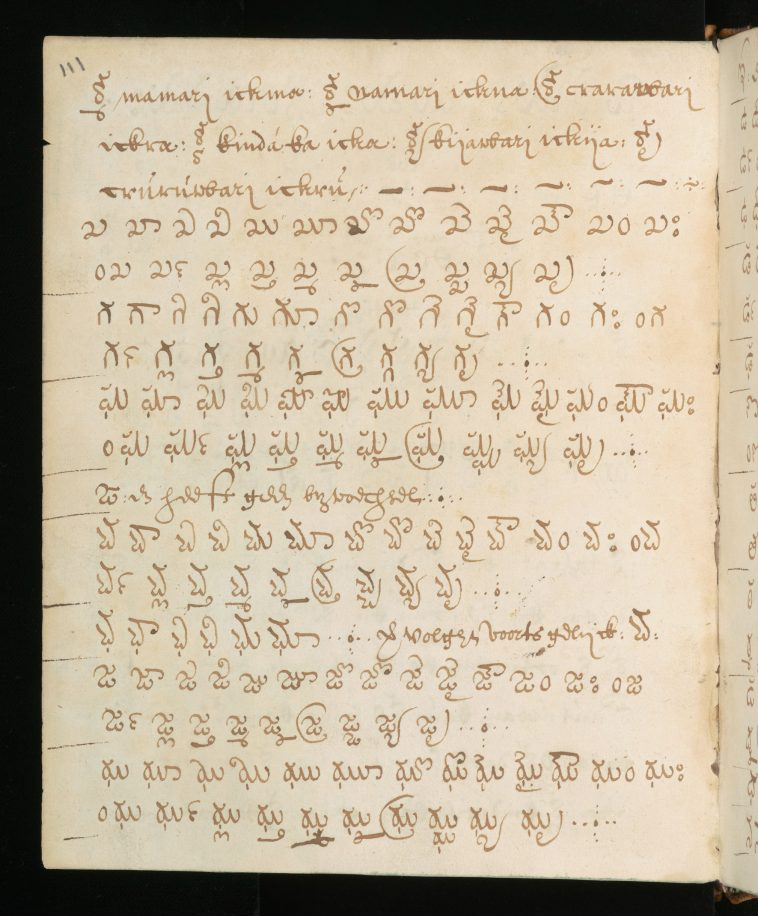
The two languages of Telugu and Tamil from Southern India were used by “Dravidian merchants, scholars and travellers”,[4] some of whom later resided near the Strait of Malacca (in Latin: “Fretum Malaccanum”), including Southern Malaysia and Northern and Eastern Indonesia.[5]
In addition to the manuscript Or. 754 in Leiden University Library and further newly found manuscripts in Northern Aceh,[6] another example indicating that Telugu- and Tamil-speaking communities from South and South-Eastern India moved to Indonesia earlier than the 19th century is the manuscript EAP329/1/97 from Sumatra, digitized by the British Library. From ff. 79–82, Malayized-Persian[7] accounts about the Sufi communities of Telangana and Nagore of Tamil Nadu can be seen. From ff. 82, 85–113, the Arabic Tamil, known as “Arwi/Arwiy” (used for original Tamil texts like مُوَنْرَامْ for மூன்றாவது orفِرَك-كُ for பிறகு)[8] also mixed with Persian is found.[9] All these sources clearly demonstrate that there have been strong social and political ties between the Telugu- and Tamil-speaking communities and Malay-Indonesian people.
As Gg.6.40v was initially listed as a “Malaccan” source in 1625, it would not be too farfetched to consider that the other work, Liber Indicus lingua & literis Malaccicis, as a “Malaccan book” from India copied on palm leaves might also be in Telugu. The first cataloguer of Erpenius’ collection at Cambridge University Library, Jonathan Pinder, was also unable to identify the language and only described its physical features.[10] Pinder’s catalogue from the 17th century (MS Oo.7.52, fol.3) gives the classmark of “A. α.” to this mysterious manuscript and describes it as follows:
A. α. Some characters upon reeds bound in with two sticks and strings or rather of the Leaves of a toddy tree writt in the Industan Character consisting of 123 leaves.
To reconstruct Erpenius’ library, I had to establish the existence of this manuscript in CUL. In so doing, I looked at more than 300 palm-leaf manuscripts from South-East Asia. The lost manuscript of Erpenius could possibly be one of the less than half a dozen Telugu texts held in Cambridge University Library.
I came across the manuscript Add 298, which is an incomplete narrative text with frequent repetition of “Vālmīki and Nārada” in Telugu (with traces of Kannada?); actually parts of it deal with the Sanskrit text of the Rāmāyaṇa with commentary and glosses in Telugu.[11] An incomplete work with different hands, only 85 leaves are now available, which are “bound in with two sticks and strings”. The scribe etched using a stylus on palm tree leaves, but he left most parts of the leaves without ink; thus, it is very challenging to determine a full picture of the manuscript content and accurate dates.[12] Nonetheless, some names and code engraved on its leaves allow us to date and contextualize the manuscript.
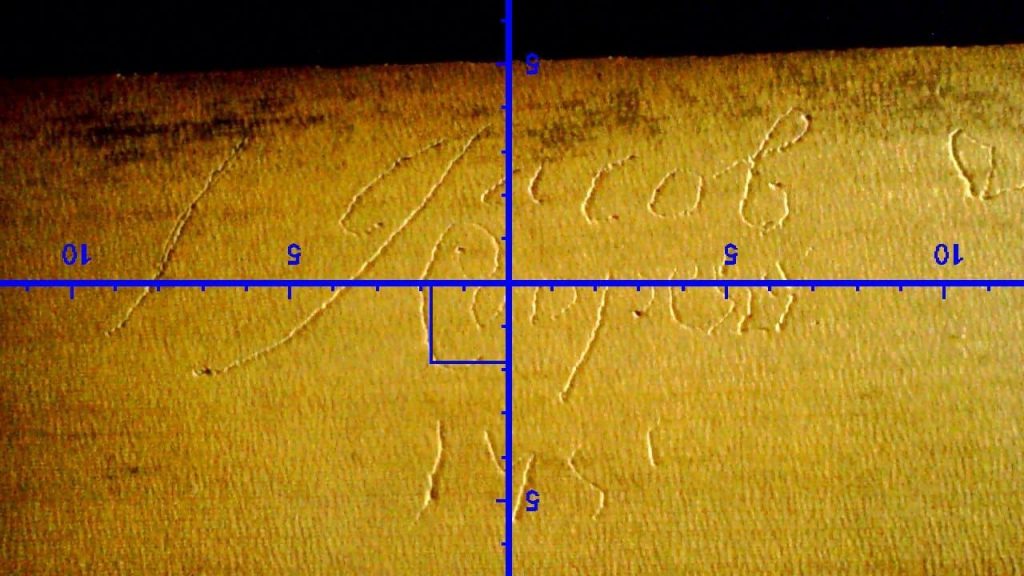
Leaf 66 includes the name of “/Jacob Cooper(s) 175/” and some symbols—without ink— which are only identifiable by means of a professional magnifiers. One of the symbols resembles “[…] A. α […]”.
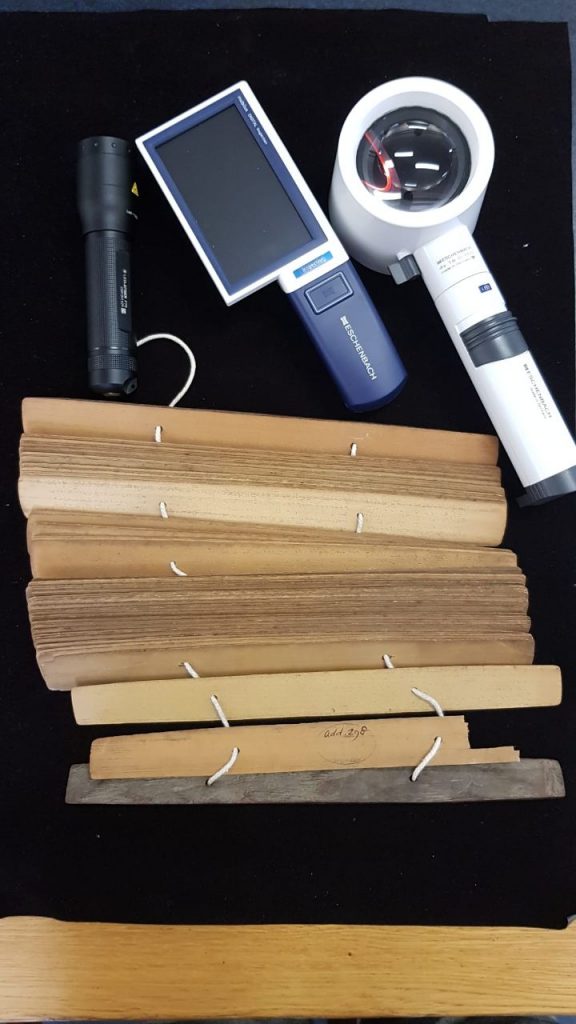
We may propose that this work was most likely in the possession of Jacob Coopers (d. 1641), a key Dutch colonial Commander in Southeast Asia.[13] His name is found in The Acts of the Council of Amboyna in 1623.[14] He used to work for the Dutch East India Company, and was instrumental in “the Siege and Capture of Malacca from the Portuguese in 1640-1641”.[15] He also blockaded Goa in 1636–1637.[16] Commander Coopers was in contact with local people and rulers in Bijapur, India, Sumatra, Indonesia and Malacca, Malaysia, and was an active officer throughout the Indian Ocean route as well as the Malacca Strait for some decades. He may well have collected Liber Indicus lingua & literis Malaccicis (now to be identified as CUL MS Add. 298) while he was travelling back and forth between Holland and Southeast Asia.
More importantly, we found another Dutch name engraved on the first leaf, read as “Johan Cuypers”, which suggests that the manuscript made its way to the Netherlands.
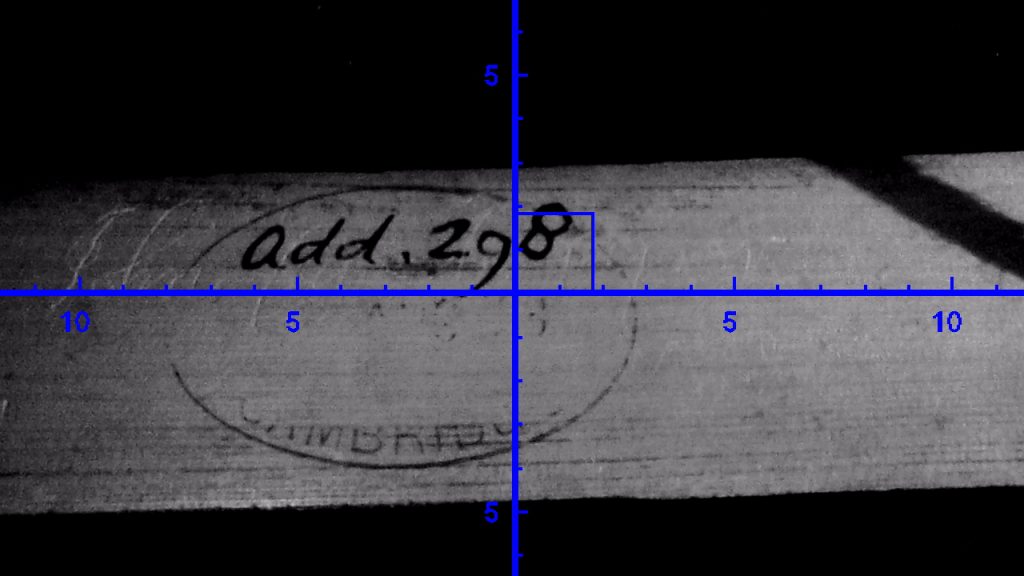
Subject to having read these names and code accurately, this manuscript Add. 298 could be one of the first Telugu texts to reach the Dutch Arabist, Erpenius, through merchants and travellers who commuted between the Netherlands (e.g., The Hague) and Southeast Asia. And more importantly, these two texts, Gg.6.40(v) and Add 298, are among the first Telugu texts reaching Cambridge (if not the UK) in the 17th century.
Acknowledgments: My special thanks go to Frank Bowles, Suzanne Paul, Shaun Thompson, Peter G. Riddell, R. Michael Feener, David Shulman, Dániel Margócsy and Giovanni Ciotti for sharing their thoughts with me which enabled me to finish this work. All errors are mine.
[1] See, Gerardus Joannes Vossius, Oratio in orbitum Thom. Erpenii, oriental. linguarum in Acad. Leidensi professoris accedit funebria carmina : item catalogus librorum orient. in bibliotheca Erpeniana (Lagduni Batavorum: ex Officina Erpeniana, 1625).
[2] C. A. Gibson-Hill, “The Dutch-Malay Word-list of Peter Floris (1604).” Journal of the Malayan Branch of the Royal Asiatic Society 26/1 1 (161) (1953): 204–206. Stuart Robson, “Peter Floris (alias Pieter Willemsz), Merchant and… Student of Malay”. Songklanakarin Journal of Social Sciences and Humanities 7 (2000), 89–95. Thanks to Peter Riddell for drawing my attention to Robson’s article.
[3] Gibson-Hill (1953) and Romain Bertrand, “The Making of a «Malay Text». Peter Floris, Erpenius, and Textual Transmission In and Out of the Malay World at the Turn of the 17th Century,” Quaderni storici 48/1 (2013): 141–166.
[4] See Ph. S. van Ronkel, “A Tamil Malay Manuscript”. Journal of the Straits Branch of the Royal Asiatic Society 85 (1922): 29-35.
[5] See Frederik Willem Pestel, Commentarii de Republica Batava (Ludguni Batavorum, 1795), 162.
[6] I will have a new co-authored article with Masykur Shafruddin about this soon.
[7] About this form of inscribing Persian in Southeast Asia, see Majid Daneshgar, “Persianate Aspects of the Malay-Indonesian World: Some Rare Manuscripts in the Leiden University Library,” Dabir 8 (2021): 51–78.
[8] Traces of Arabic-Telugu and Arabic-Malayalam, and further Dravidian languages can be detected in these texts.
[9] There are a good number of such multilingual Indonesian sources. And I am also grateful to Zacky Khairul Umam (SOAS) for reminding me of this digitized copy.
[10] Although it is still not clear whether he had noticed the manuscript himself. My hypothesis is that he was commissioned to prepare the catalogue based on another list given to him in England. I will discuss it in my forthcoming publications on the Erpenius collection.
[11] My thanks go to Professor David Shulman for correcting my understanding of the text and showing the link between Add 298 and the Rāmāyaṇa.
[12] Although traces of some numbers can be seen, it is not easy to determine its actual production date.
[13] The “Coopers” family (Jacob, John, William, etc.) were active in North America, particularly after the 18th century; I do not think that Add. 298 is related to them. See: The World Book of Encyclopedia; C-Ch (Chicago: Field Enterprises Educational Corporation, 1968), 62–63.
[14]Thomas Osborne, A Collection of Voyages and Travels Consisting of Authentic Writers in Our Own Tongue, which Have Not Before Been Collected in English, […] (London: 1747), 326-328; 334–336.
[15] Pieter Arend Leupe, and Mac Hacobian. “The Siege and Capture of Malacca from the Portuguese in 1640-1641,” Journal of the Malayan Branch of the Royal Asiatic Society 14/1 (124) (1936): i–178.
[16] Ben Teensma, “Wij Verclaeren Dat Alles Is Gedaan Wat Menschen Connen Prakkeseren Tot Nadeel Van Den Vijandt”. Jacob Cooper’s blokkade van de Baai van Goa g November 1636 tot 2 Mei 1637”, Tijdschrift voor Zeegeschiedenis 33/1 (2014), 3–18. Thanks to Dániel Margócsy for sharing this article with me.
